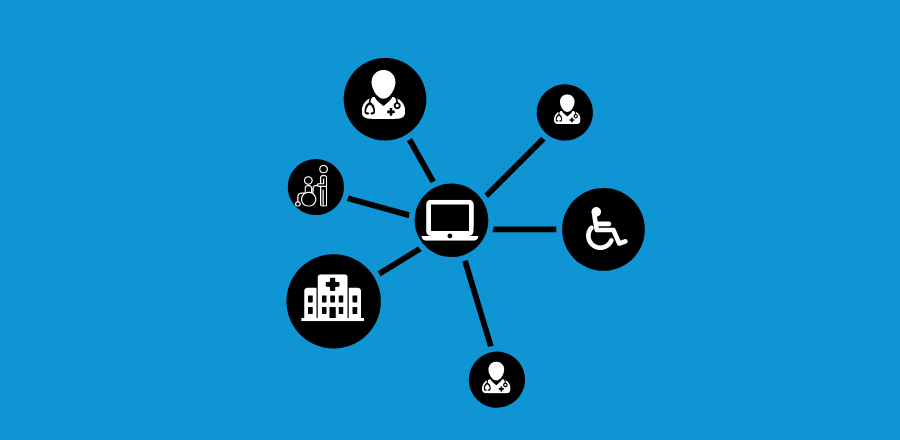AMA’s vision for a connected healthcare system
A new position statement on system interoperability articulates a major element of the AMA’s overarching platform and vision for Australia’s health.

A new position statement on system interoperability articulates a major element of the AMA’s overarching platform and vision for Australia’s health.
The fifth pillar of the AMA’s Vision for Australia’s Health is a ‘health system for the future’ and in pursuit of this aim, the AMA Federal Council adopted a new Position Statement on System Interoperability in Healthcare in July.
The AMA’s vision is for a better-connected healthcare system that will enable more equitable access to medical care and contribute to a more sustainable healthcare system for the future.
Better healthcare provision can be achieved by establishing interoperable clinical information systems that enable seamless communication between different healthcare providers and different healthcare settings.
The AMA is also calling for interoperability across intersecting health and human services sectors including acute care; primary care; allied health; community care; and aged and disability services, to achieve more efficient and effective delivery of whole-of-person health care.
AMA President Professor Steve Robson said the current single system is extremely expensive, unwieldy and difficult to connect to.
“What we really need is a network of systems that can talk to each other —based on standards, on interoperability so that GP software can talk to a central repository, which can talk to pathology providers, radiology providers and of course our public and private hospital systems.
“If we can get efficient communication going, we can share information that we need to look after our patients properly and stop us ordering extra tests because we can’t find the results of the one done last week and stop us making mistakes like medication errors or other errors because a patient may not have good communication skills, or may not be able to talk to the doctor in the emergency department.
“If we can get technology right and connect our health system, we will reduce waste and duplication, we’ll improve patient safety and at the end of the day, we will make big and concrete steps to future sustainability.
“If we can do this, we can save lives, save money and have a health care system that is more sustainable for the future,” Professor Robson said.
The position statement follows the adoption and publication of the AMA Vision for Digital Health in February.



